Why you should Visit Marbella (in Photos)
We didn’t think we’d like Marbella. Prior to visiting, we had a pre-conceived idea of Marbella as a as a glitzy, exclusive and somewhat artificial place. Our preconceived ideas actually apply to Puerto Banus, which is 10 km down the coast (and which we found boring and underwhelming).
What we found in Marbella itself was a very manageable city with the best preserved and most attractive old town anywhere on the Costa del Sol (excepting the historic core of the city of Malaga). Marbella’s old town has a beautiful church (Iglesia de Nuestra Señora de la Encarnación), one of the prettiest main squares anywhere (Plaza de los Naranjos) and the remains of an old Moorish fortress (the Alcazaba of Marbella). It’s an old town full of little streets, all decorated with flower pots, religious murals, and intricately decorated cobblestoned pavements.
Lots of photos in this post, some history…and my thoughts on Marbella as a place to visit.
A short video








A brief History of Marbella
Like many towns and cities in the region, Marbella is thought to have been founded by the Phoenicians in the 7th century BC (although no physical proof has been found in Marbella’s case). The Romans had a settlement here and there are many Roman remains dating back to the 2nd and 3rd centuries, including some Ionic capitals (part of a column) there were reused in Marbella’s Alcazaba (Moorish fortress). During Roman times the town was called Salduba (Salt City).
The Moors gained control in 711 AD and maintained it until Christian conquest in 1485. Under the Caliphate of Cordoba, they built the Alcazaba and a fortified wall to protect the town. The current name originated from the Moorish name: Marbal-la. It was characterized as “a pretty little town in a fertile district”. What you see in today’s old town dates from the Moorish period.
Marbella’s economy depended on iron (for a while), then agriculture (ruined by the phylloxera outbreak in the late 1800’s), then fishing. After the 2nd World War, it was a tiny village of 900 people.
All that changed when Ricardo Soriano, a rich nobleman from Salamanca, settled here in and made it famous among all his rich friends. From that point on, Marbella became popular among the jet set.
Marbella’s “Golden Mile” is actually a stretch of about 4 miles (6.4km) that stretches from the western edge of Marbella to the outskirts of Puerto Banus. It’s home to luxurious villas and estates, 5-star hotels and golf courses. It also contains Spain’s most expensive real estate.
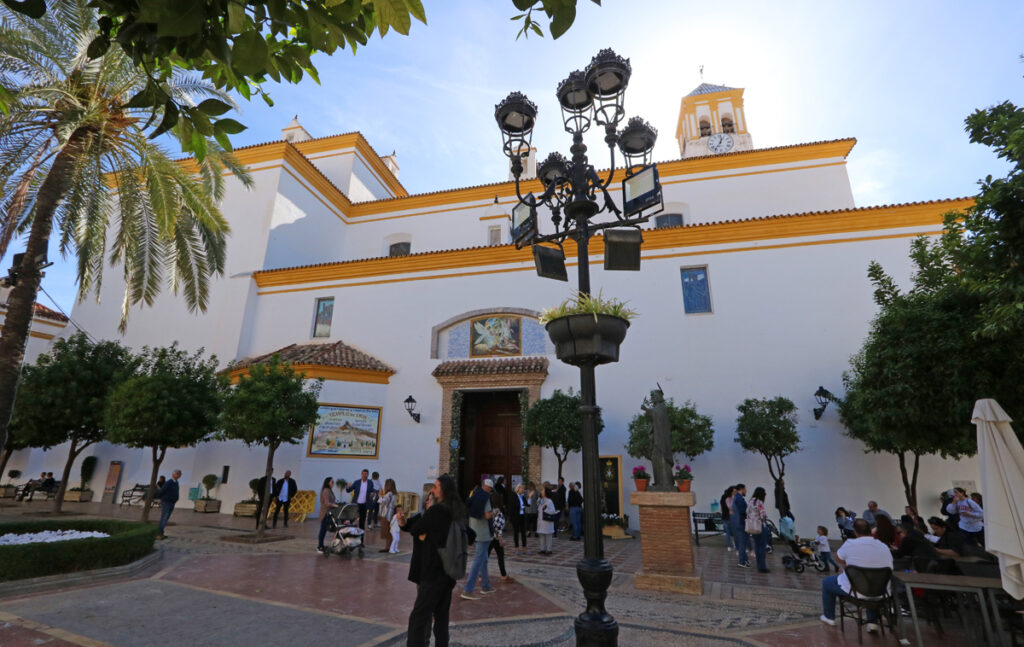


















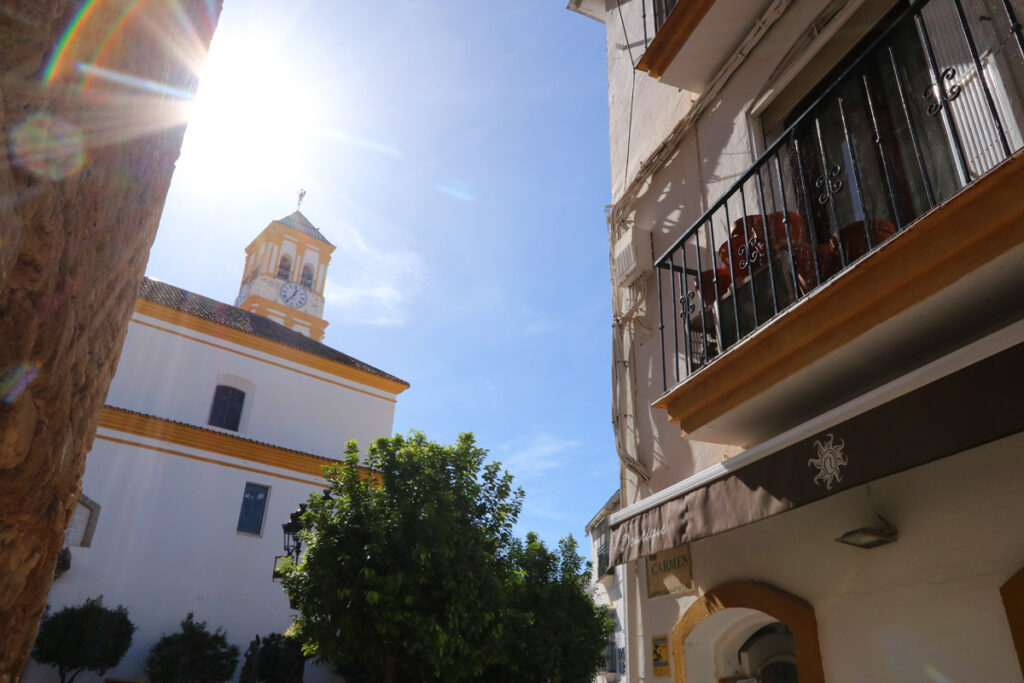

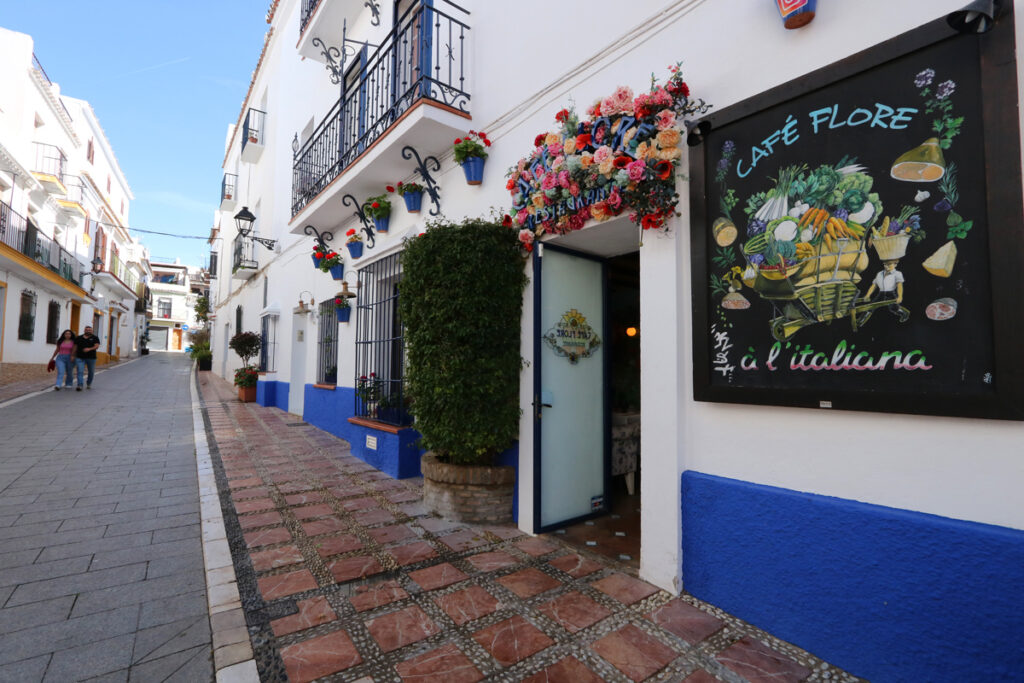
Marbella’s old town is very manageable and you’ll manage to see most of it within 2 hours even at a slow pace.
At the southern end of the old town is a park, Parque de Alameda, which has a tropical jungle feel with all it’s vegetation. It also has beautiful tiled benches, all different and representing scenes from Marbella, Andalusia as well as various places around Spain.


Continuing across the park in the direction of the sea, you’ll come across Avenida del Mar which is lined with 10 Salvador Dali sculptures.
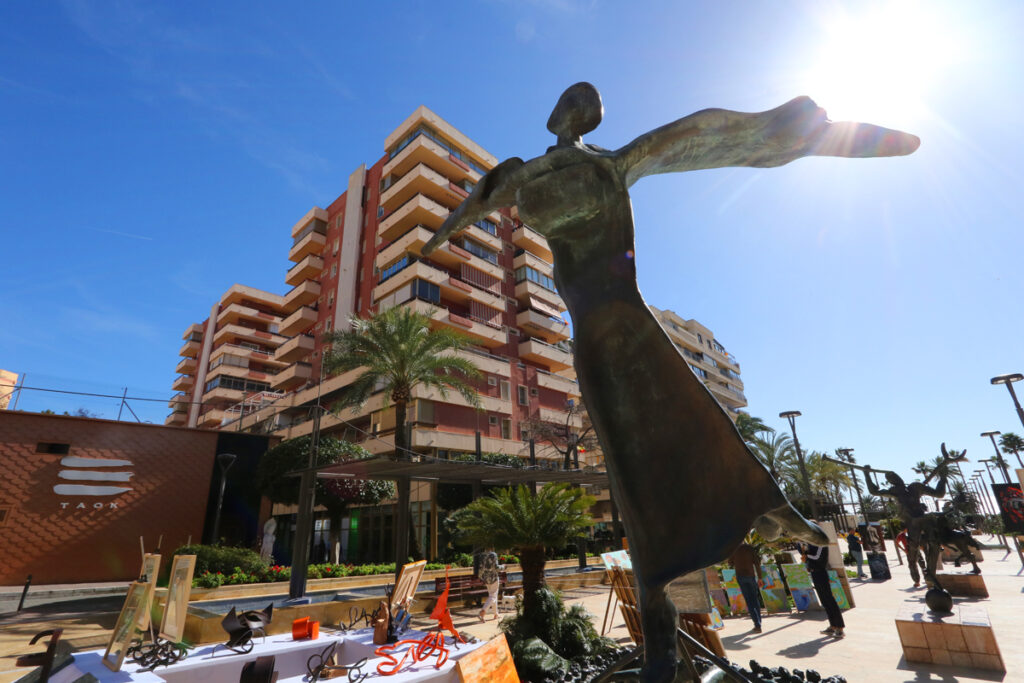

Continuing down the short Avenida del Mar takes you to Marbella’s seaside promenade (the Paseo Maritimo). There you can walk in either direction. It’s a lively promenade with lots of cafes, restaurants and stores. Following the promenade to the right takes you to the marina where you have a viewpoint looking out towards Marbella’s westernmost beaches. You should also have a look at pretty Parque de la Constitución (which has public bathrooms. In fact the only thing I can criticise Marbella about is the lack of public bathrooms…)





Tourist Map of Marbella – click to enlarge
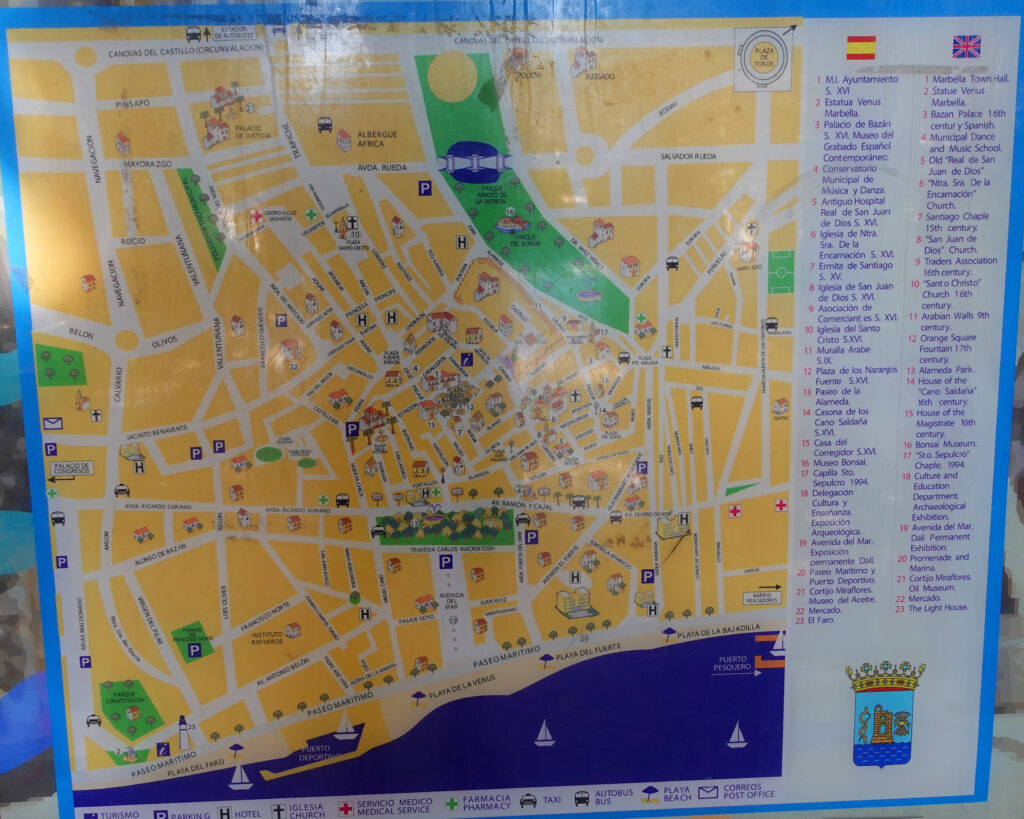
Thoughts on Marbella as a place to visit
We’ve visited most of the major towns on the Costa del Sol (I write about them in this post). Lissette and I agree that we’re most impressed by Marbella, it’s our favorite of the towns: a beautiful town, lots of history, clean, compact, vibrant, full of parks.
How can you not be impressed by Marbella?
And yes, you could say “Marbella should be impressive. It has tons of tax money from all those rich foreigners”.
That’s fair.
But Marbella is not just for the rich (who, as I say, live outside the city center), there are many neighbourhoods full of locals in the center. We stayed 3 nights in an apartment just north of Parque de la Represa (another beautiful park) and prices there were inline with what we’ve paid everywhere else on the Costa del Sol.
Bottom line is that Marbella is definitely worth a visit 🙂
Related: The Best of Marbella and around

Related: What’s Benalmádena like?

Related: Impressions of Torremolinos


What’s your thoughts on Estepona?
Hi Sandy. I write on our thoughts here. In this post I compare Nerja and Estepona.